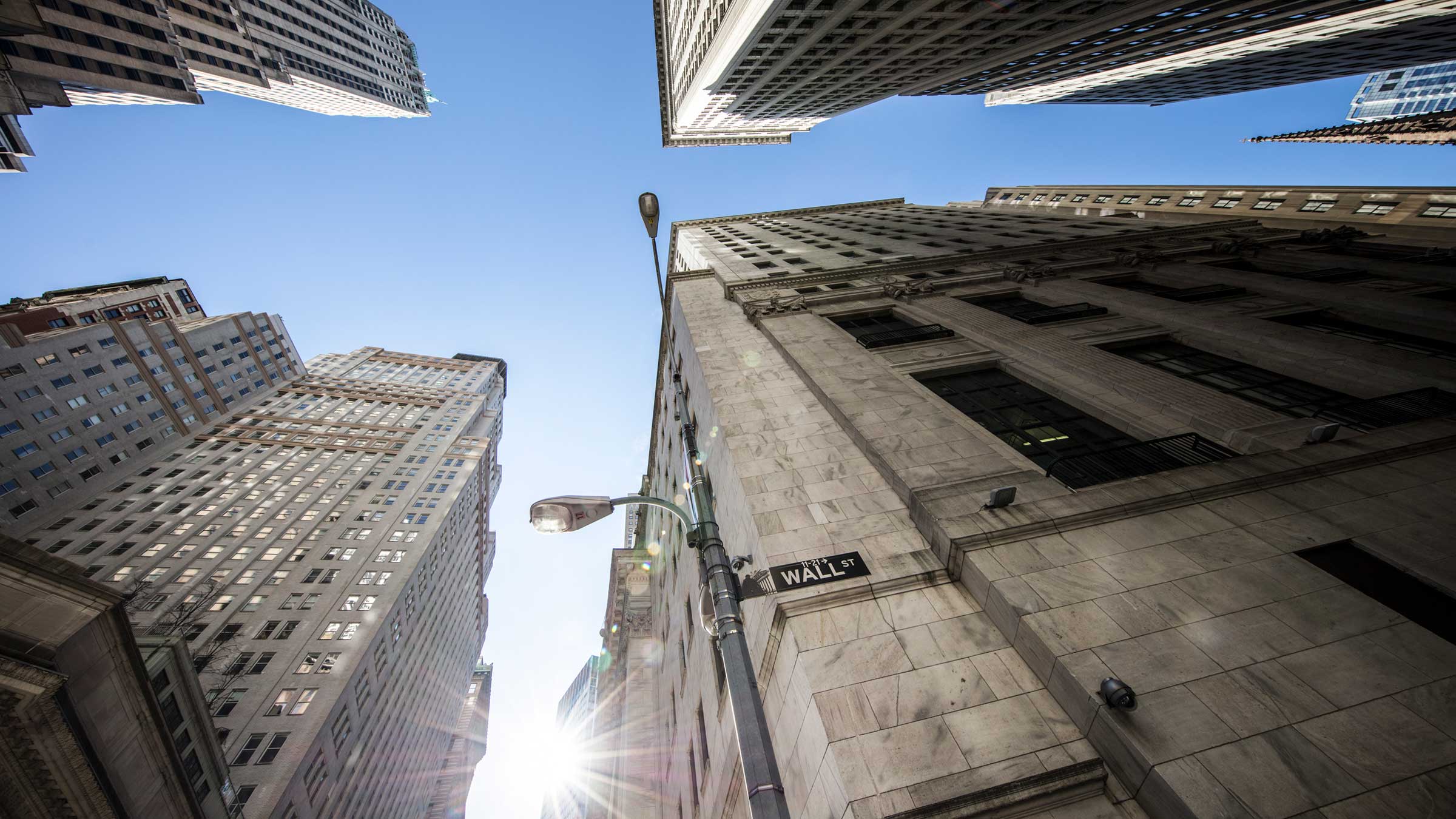Something is obviously wrong with the U.S. financial system. Witness the $200 billion bailout of the S&L industry and the recently reported large number of troubled and failed banks. Most people recognize that these problems stem from the government's policy of insuring virtually all deposits at financial institutions. With fully insured deposits, S&Ls and banks can effectively gamble with taxpayers' money, enjoying the benefits if the gambles pay off, suffering little if they do not.
A simple way to correct this costly flaw in our financial system is to limit insurance coverage, a technique commonly used in most insurance contracts to limit risk-taking. Yet, bank regulators have rejected this proposal because they are concerned about putting depositors at risk. Doing that would mean incurring the risk of bank runs, which they see as putting the whole economic system at risk. This is why the Treasury, in its recently released report on "modernizing" our financial system, is reluctant to change current policy. But while this general reluctance is understandable, not to change policy now would be a costly mistake.
A panicky policy...
The fear of bank runs is not unfounded. U.S. banking history includes well-known examples of bank runs leading to a collapse of confidence in the entire financial system. Banking panics occurred in every decade after the Civil War and they continued even after the Federal Reserve System was established in 1913. By far the worst panics occurred between 1930 and 1933 when over one-third of the nation's banks failed. This led in 1933 to the official banking holiday, during which all U.S. banks were closed for over a week.
This turmoil convinced Congress and a reluctant president that some federal deposit insurance was necessary to protect the small, unsophisticated depositor. In 1934, deposits in banks became federally insured up to $5,000 (and deposits in S&Ls received comparable coverage). Since then the ceiling has been raised several times, usually to keep up with inflation. At today's $100,000, though, the ceiling is well beyond the small-saver range, especially since the number of institutions at which a depositor may have an insured account is not limited. Today more than three-quarters of all bank deposits are officially insured.
Ironically, what was designed to be limited coverage has become unlimited. Unofficially, even the uninsured depositors are protected today. Bank regulators are now unwilling to allow uninsured depositors at large failed banks to lose any money; they fear that a bank run at such an institution might easily become contagious and spread to sound as well as other unsound institutions.
This policy formally began in 1984 when bank regulators protected all depositors at one of the largest banks in the nation, the Continental Bank of Illinois, and thereby announced that some banks in this country were "too big to fail." Once depositors at large banks became fully protected, other banks naturally began pressuring regulators for equal treatment—and they seem to have succeeded. Between 1985 and 1990, over 99 percent of the uninsured deposits at failed institutions were fully protected.
...with alarming costs
As a result, the government has eliminated even the possibility of a bank run—a very expensive policy. Regulators were aware that fully insuring bank deposits could have a serious side effect, but they did not know how serious. Banks and S&Ls with fully insured deposits have an incentive to take on risky portfolios, while their depositors have no reason to care.
And these institutions have done just that, despite all the regulations designed to stop them. During the eight-year economic expansion of the 1980s, a majority of S&Ls either failed or are now in serious trouble. While banks over this period fared better, more than 1,000 failed, and roughly that many are on the regulators' problem list, including some of our nation's largest institutions. Again, the cost of the S&L bailout is now estimated at $200 billion. The financial losses in the banking industry are just surfacing, but we now know that the insurance fund may need as much as a $30 billion capital infusion to survive.
A better way...
The objective of current policy is not so much to prevent a bank run but rather to prevent a bank run from spreading systemwide. The concern is that any single bank run might become contagious and cause a banking panic. Eliminating even the possibility of a bank run in order to prevent panics, however, is overkill. Bank runs have an important role to play in promoting bank safety. And there is a better way to prevent banking panics than eliminating bank runs.
Under current policy we lose the disciplining benefits of bank runs. Without full deposit insurance, just the potential of a bank run would limit a bank's willingness to take on risk. And runs on troubled banks are the market's way of ensuring prompt closure.
It is unlikely that bank regulators can do better. Proposals to have tougher capital standards and prompter closure of troubled institutions won't help much. Owners of banks are the beneficiaries of high-risk strategies; they gain at the expense of the federal deposit insurance fund. As long as owners can diversify their risk to some extent, capital standards will have limited effects on a bank's strategy toward risk- taking. This, then, leaves much of the burden of managing bank risk on the threat of prompt closure, a policy that is difficult for regulators to enforce. Regulators, in fact, have always had this option and typically have chosen not to use it. Without bank runs, I doubt closure will ever be prompt.
Moreover, we do not need to lose the disciplining benefits of bank runs in order to prevent banking panics. The Federal Reserve was established to act as the lender of last resort in order to stem systemwide bank runs, and today it is well-equipped to do that. The Fed can provide virtually unlimited funds to solvent banks to convince uninsured depositors of their bank's safety. And through the purchase of government securities, the Fed can provide virtually unlimited liquidity to the market on very short notice as it did after the 1987 stock market crash. The Fed, therefore, can prevent systemwide bank runs, or at least limit their impact.
How serious would that impact be, even if it weren't limited? Not as great as some claim. During the banking panics that occurred before the Fed was established, systemwide bank runs appear to have been more like a symptom of a declining economy rather than its cause. They tended to start soon after the economy began to decline and not last long. During the Great Depression years, systemwide bank runs had a much greater impact. Yet even for this period the influence of banking panics on the economic decline is debatable. Canada, for example, experienced roughly the same decline in economic activity as did the United States, but had no bank runs or bank failures.
...with less insurance
The type of reform needed to solve the current U.S. financial industry problem seems clear. We still need to protect the small saver, but we must return to some degree of market discipline.
Two years ago the Federal Reserve Bank of Minneapolis proposed a way to do that, and I still believe it is the best option. We recommended an insurance system under which each depositor is allowed one fully insured account up to some reasonable amount and that all other deposits be COINSURED: only a fraction of all other deposits be insured, we suggested 90 percent of them. By putting depositors at risk this way, banks would be less likely to choose risky strategies. Systemwide bank runs, of course, would be possible; but with coinsurance, they would be less of a threat than they were historically.
After the Great Depression, the U.S. government was still willing to rely on depositors to help discipline banks and on the Federal Reserve to deal with banking panics. That partnership worked well for many years. Nevertheless, fearful of even the possibility of a bank run, regulators now fully protect deposits. The costs of this policy, though, have become alarming, and regulators should be questioning whether they have relied too much on deposit protection and not enough on depositor discipline.





